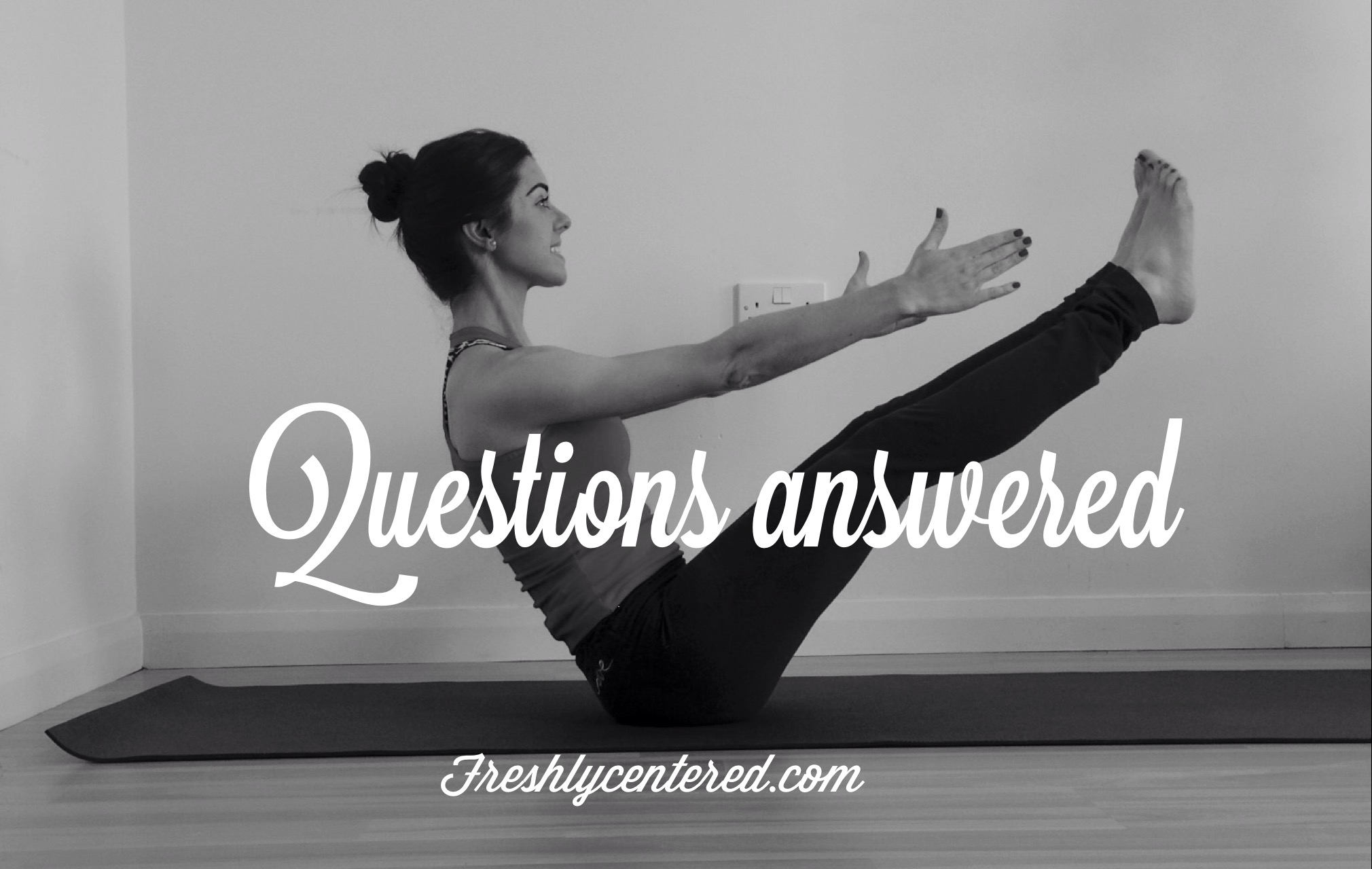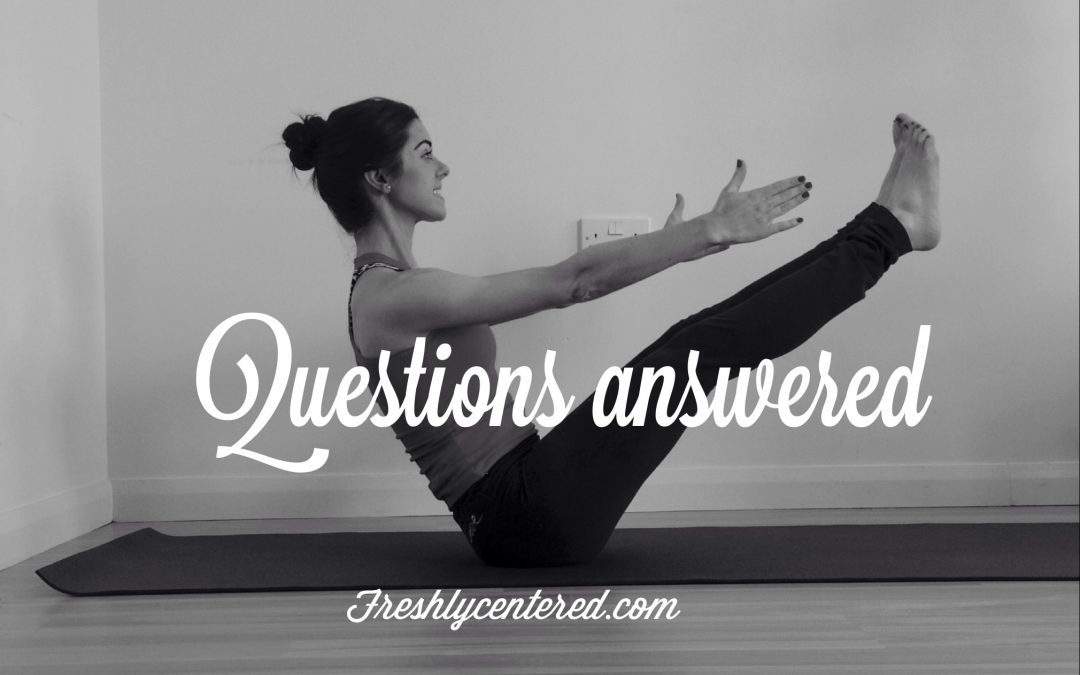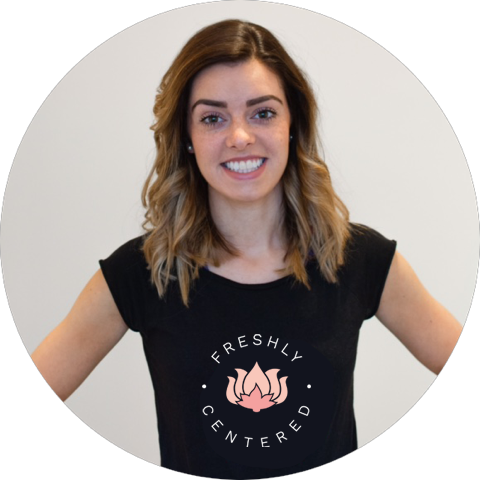 I hope you are having a great weekend! It has FINALLY started to snow a little here so I’m staying warm indoors and answering your questions! There are so many questions asked all the time regarding “How long it takes to strengthen your core”, and “when will it be strong enough”, so I have decided to dedicate this Questions Answered post to these questions alone.
I hope you are having a great weekend! It has FINALLY started to snow a little here so I’m staying warm indoors and answering your questions! There are so many questions asked all the time regarding “How long it takes to strengthen your core”, and “when will it be strong enough”, so I have decided to dedicate this Questions Answered post to these questions alone.
Asking “How long does it take to strengthen your core” is like asking how long is a piece of string. There really is no answer to this because it depends on your individual condition to begin with, and what your goals are, e.g. how strong do you need it to be.
Firstly, gaining core strength is not attributed to doing hundreds of sit ups & crunches as per the usual gym routines would have you believe. The deep core muscles require specific activation and control, and if your brain cannot engage these muscles then they will never strengthen. Fact! So the first step is to learn to isolate and activate the transverses abdominis muscle (the main core muscle we talk about in pilates).
How to Engage:
Lying on your back in the neutral position, place your hands on your hip bones. Walk the finger tips in about two finger breadths and palpate your abdominal muscles here. Gently draw these muscles inwards towards the mat, or your spine. Be careful NOT to take a deep breath in at the same time. The core activation should not affect your breath.
Then you need to develop strength in these muscles through endurance exercises (holding them for longer durations), stability exercises (keeping the core strong while you move the limbs) exercises and rotational exercises (twisting), to ensure you are strengthening the core in a 3-dimensional way. Only practising exercises in one plane/direction means you will only get stronger in that same direction. This is the downfall of doing those repetitive crunches alone. If you were to practise daily, then you will get stronger quicker, naturally. You then need to progress the exercise levels so that they continue to challenge you!
1) Hundreds- (For endurance) beating the arms up and down whilst holding the core engagement builds endurance as you hold this position.
2) Side planks- (For endurance AND rotational if you twist your arm underneath your waist!) suspending the body in between your arm and feet challenges stability with minimal contact on the ground.
3) Side kicks- (For stability AND rotational) drawing the top leg forwards and backwards challenges you to stay focused and not roll forwards. Any side lying exercise gives rotational benefits.
Try this other short workout for more ideas for core endurance building.
If you suffer from back pain then you may take longer. Any degree of back pain weakens the core abdominal muscles, because pain is a huge muscle inhibitor. almost imagine that the pain switches off the signals to the brain so the muscle forgets how to activate again- here revert back to the basics above of How to Engage. This was highlighted in a study where healthy persons were asked to complete the same body movements as those with diagnosed back pain. The persons with back pain showed a delayed onset of activation of their core muscles compared to the healthy persons (Spine, 2006. Vol 31, issue 6, E175-178). This doesn’t mean you won’t get stronger, it just means you may need to keep re-visiting the basics more often and be careful with harder progressions.
BUT- it is not about the end place of working hard, getting strong and then that’s it. Pilates is a Practise for a reason. The body is constantly under daily demands and therefore you need to maintain your pilates practise regularly for on-going core strength. The core is the foundation to all of your movements, whether these are basic daily activities, or high intensity sports, but the core requires this maintenance so that it does not burn out, fatigue, or get accustomed to the current level. When this familiarity sets in you are then more at risk of injury because the muscles (or you!) have become complacent. Think of it as a life changing, on-going practise of mind and body balance 🙂
Phew- that seems a very long winded way to say the core is always requiring challenge and getting a strong core should not be seen as an end result but as a constant practise for maintenance!



